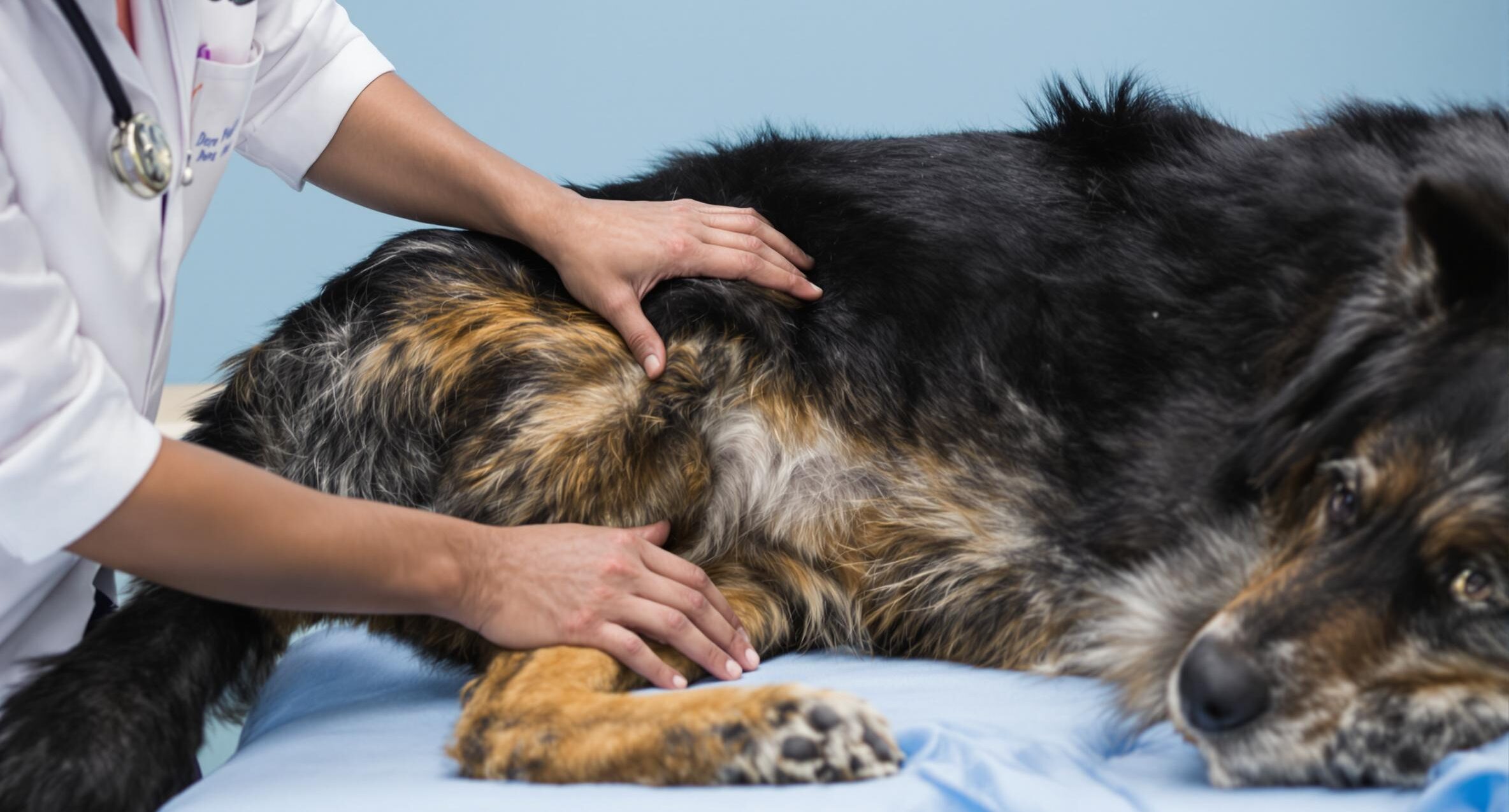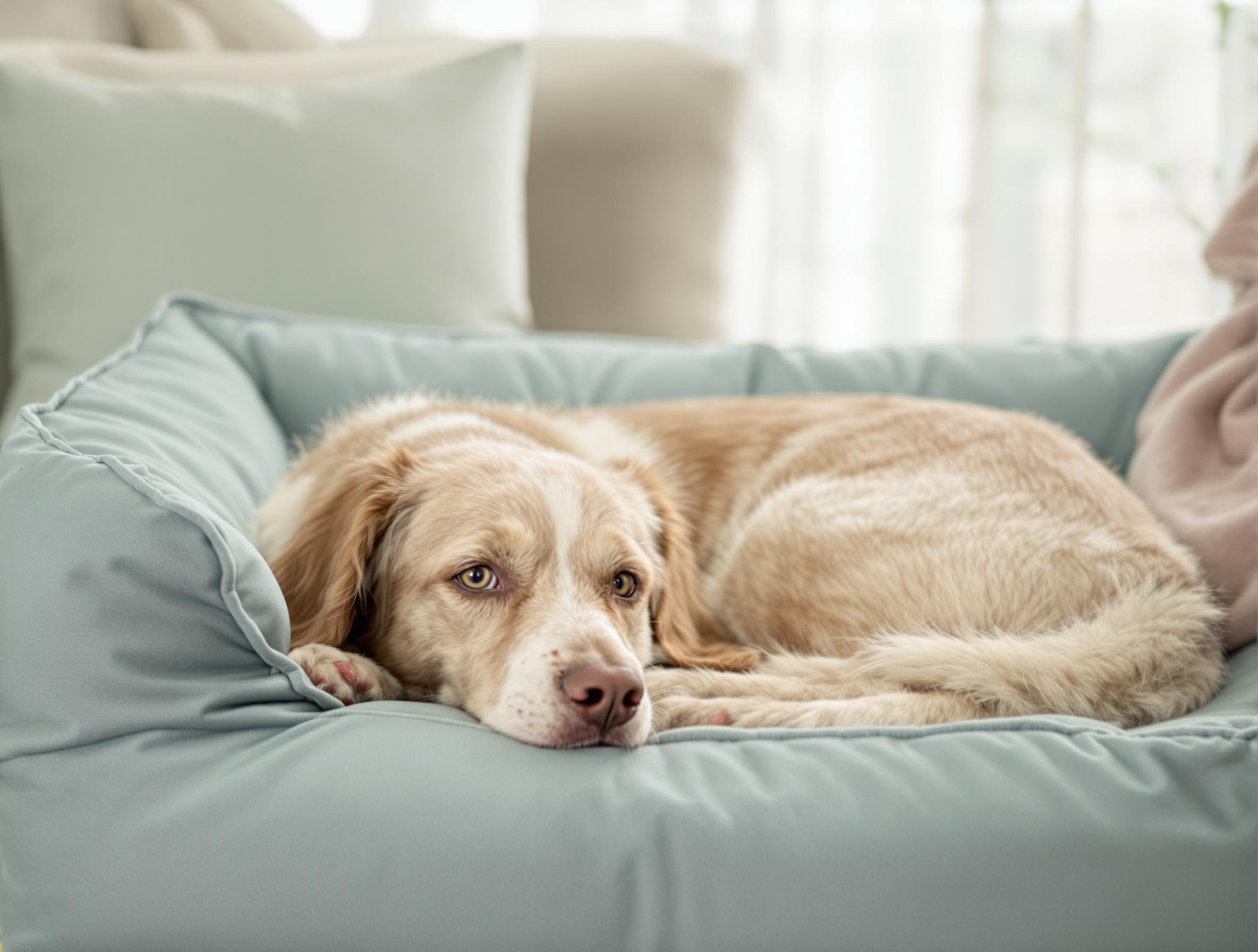How to Leash Train Your Dog Easily
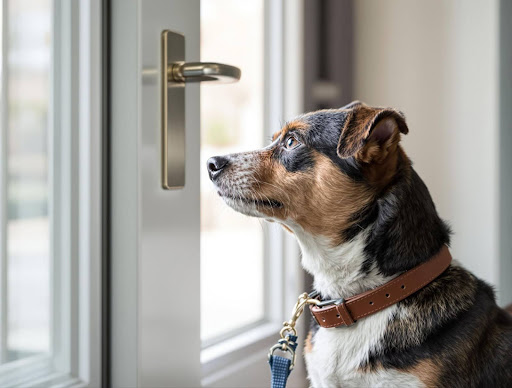
Do you want your daily dog walks to be more of a relaxing stroll—than a tug-of-war? Leash training is your answer! Simple, consistent practice leads to relaxed walks where you can focus on quality time rather than constant corrections. At PetHealthMD, we offer proven methods to train and care for your pet holistically. Together, we’ll create a comfortable routine that strengthens the beautiful connection between you and your furry friend.
Choosing the right gear for leash training
Before we start, we should talk about gear! The right leash and harness combination makes training sessions comfortable while keeping your furry friend safe and happy. A well-chosen set of walking gear helps build confidence for both new pet parents and their four-legged companions.
When shopping for training equipment, comfort comes first. A harness that spreads the weight evenly across your dog’s chest prevents strain and makes walks more pleasant. For smaller pups, look for lightweight leashes about 6 feet long – they offer enough freedom while keeping your dog close. Bigger dogs do best with wider, sturdier leashes that give you a comfortable grip without hurting your hands during walks.
Professional walkers and trainers recommend starting with simple, budget-friendly nylon leashes and no-pull harnesses. These basics work great for most dogs and won’t break the bank. To check if a harness fits right, you should be able to slip two fingers underneath – snug but not tight. Watch for signs that your pet feels comfortable: they should move freely without pulling away when you attach the leash. Remember to inspect your walking gear regularly for any worn spots or loose stitching to keep your adventures safe and fun.
Getting started with leash training basics for dogs
The best way to start leash training is to begin in a quiet spot without too many distractions. Select an enclosed space—a fenced backyard or a spacious indoor area provides the perfect setting for your dog to focus on learning new behaviors.
Prior to outdoor training, introduce your dog to their training equipment through positive association. Place the harness near their food bowl during meals or scatter treats around it, allowing them to build pleasant connections with their gear.
A properly fitted harness should allow two fingers’ width between the straps and your dog’s body while still maintaining secure contact. Young puppies may need shorter familiarization periods, while adult dogs might require additional time to adjust to new equipment.
Begin training sessions with simple commands your dog already knows, such as “sit” or “come,” while they wear their leash. Watch for positive behavioral signs like maintaining eye contact, relaxed body posture, and willing responses to commands. Professional trainers recommend three 10-minute sessions daily for optimal learning. Keep training supplies, including high-value treats and backup equipment, readily available to maintain consistency in your training routine.
A step-by-step leash training guide
Teaching your dog to walk well on a leash starts with simple steps that build confidence. By breaking the process into manageable 5-10 minute sessions, you’ll create a strong foundation for enjoyable walks together.
- Start indoor practice walks – Clip on the leash and walk around your home. When your dog stays beside you (keeping the leash relaxed without pulling), reward them with treats. Practice in 5-minute sessions twice daily.
- Practice the “walking buddy” game – Combine walking and attention exercises by encouraging your dog to follow you and make eye contact. Take a few steps, stop, and reward them with treats when they look at you and stay close. For dogs who show anxiety, this exercise helps build confidence.
- Begin backyard training – Once your dog masters indoor skills, move to your yard or quiet areas with minimal distractions. Keep the same reward system while gradually increasing distance.
- Explore new environments – Introduce your dog to different walking locations, starting with quiet streets and gradually moving to busier areas. Watch their body language and adjust the challenge level based on their comfort.
- Master loose-leash walking (walking with a relaxed leash) – When your dog pulls, become a “tree” and stand still. Resume walking only when they return to your side, teaching them that a relaxed leash means forward progress and rewards.
Avoiding common leash training mistakes
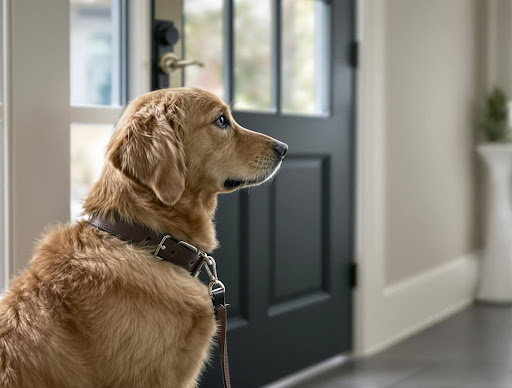
Leash training your dog will take a bit of practice and time (not to mention lots of treats!). However, there are some mistakes you can avoid to make the process go much smoother.
Managing leash tension
Using leash tension to modify behavior doesn’t always do the trick, creating a cycle of resistance. Dogs respond better to positive reinforcement techniques. When your dog pulls, stop walking and remain stationary until they return to your side. Small, soft treats or gentle praise work well as immediate rewards for correct positioning.
Maintaining consistent commands
Inconsistent training signals can confuse dogs and slow their progress. Establish clear, consistent commands across all family members who walk the dog. For example, choose between “heel” or “with me” for walking beside you, and use this same command every time. This consistency helps dogs understand expectations and respond more readily to guidance.
Training with a hyper-active dog
If you want your dog to respond well to your training, make they are not overstimulated. Start with a calm, focused pet. Before training sessions, allow 5-10 minutes of free play to release excess energy. Keep training periods brief – ideally 5-7 minutes for puppies and 10-12 minutes for adult dogs – and always conclude with successful behaviors.
Breed-specific considerations
Different breeds may require modified approaches to leash training. High-energy breeds like Border Collies might need more frequent breaks and mental stimulation during walks, while strong breeds such as German Shepherds benefit from properly fitted front-clip harnesses for better control. Adjust your training method to match your dog’s physical characteristics and temperament.
Frequently asked questions about leash training
Walking challenges are among the most common leash training concerns pet parents face. We’re here to answer your questions and help strengthen the bond with your four-legged friend during your training journey.
How long does leash training usually take?
Studies show most dogs display noticeable improvement within 2-4 weeks of daily practice. Your pup’s learning speed depends on factors like age and consistency – puppies often grasp concepts faster, while adult dogs might need extra time to replace established habits.
My dog pulls constantly – what should I do?
Research from professional trainers shows that the “stop and wait” method reduces pulling in most dogs. When pulling occurs, stand still until your dog returns to your side, then reward with treats and praise.
Do different breeds need different training approaches?
Yes – working breeds like Border Collies often need more mental stimulation during walks, while independent breeds like Huskies may require extra patience and consistency. Adapt your training style to match your dog’s natural instincts and energy levels.
Can certain health conditions affect leash training?
Dogs with anxiety or physical discomfort may need modified training approaches. If your pet shows signs of stress during walks.
Which leash type works best for training?
A standard 6-foot leather or nylon leash provides optimal control for most dogs. Professional trainers recommend avoiding retractable leashes during initial training, as they can reduce your ability to communicate clearly with your pet.
Leash training like a pro
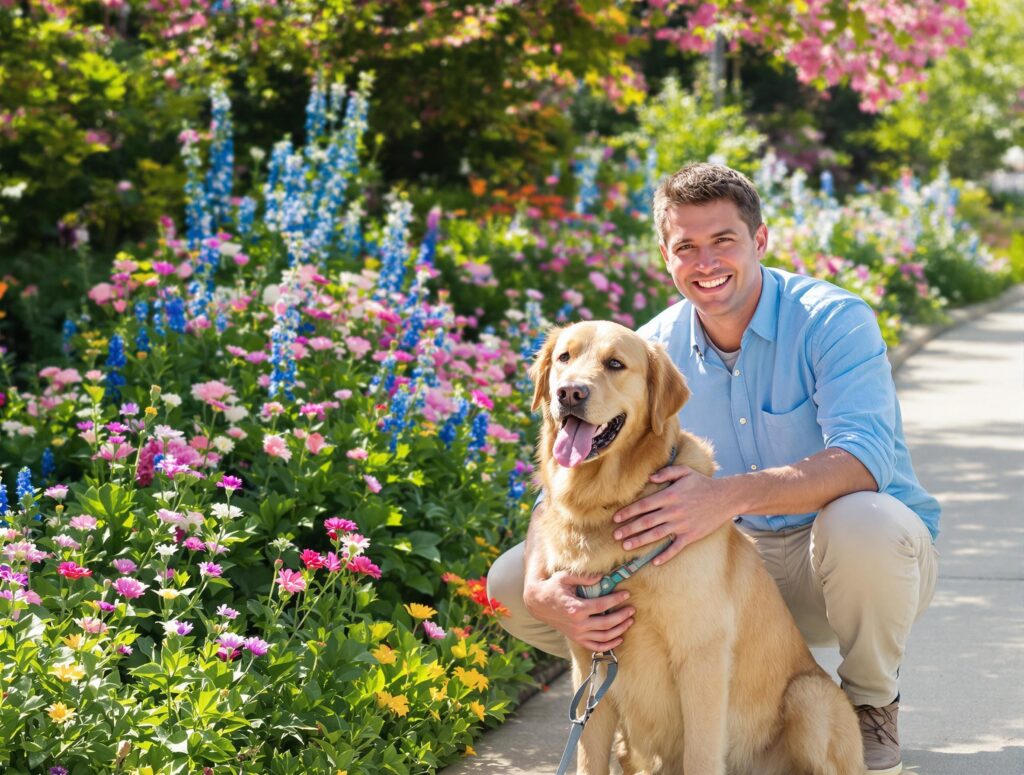
Once your dog has the basics down, you can introduce more advanced skills like maintaining eye contact during walks or responding to subtle leash cues. You might even try adding fun challenges, like changing directions unexpectedly and rewarding them for staying focused. These little exercises keep your dog engaged and make walks more interactive.
The more you practice, the more confident you’ll both feel—turning your walks into a relaxing and enjoyable experience rather than a constant battle. Every step forward is progress, and for the rest of it? PetHealthMD is here to support you with practical guides for dog care and health! Caring for your beloved pet also requires you to have the right tools and supplies on hand—you can find these easily on PetMeds! Whether you’re looking for toys, treats, or essential health products—you can find everything you need from trusted pet care sources to ensure your furry friend is well taken care of.



